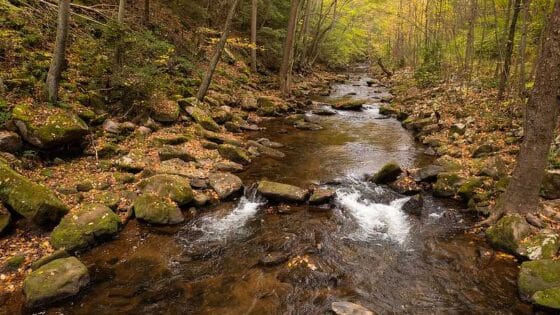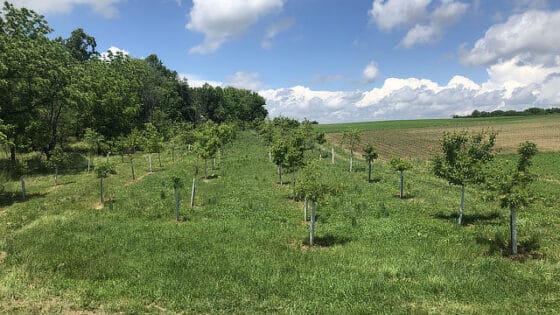FOR IMMEDIATE RELEASE: September 13, 2004
ARLINGTON, Va. — A team of researchers led by scientists from the Stroud Water Research Center in Avondale, Pa., has discovered that streamside (or riparian) forests play a critical — and previously unacknowledged — role in protecting the world’s fresh water.
Their findings, funded jointly by the National Science Foundation and Environmental Protection Agency and published online this week in the Proceedings of the National Academy of Sciences, have significant implications for a world that is facing a huge and growing freshwater crisis, in which 20 percent of the world population lacks access to clean drinking water and more than 2.2 million people die each year from diseases transmitted by contaminated drinking water and poor sanitation.
“Policies aimed at providing sufficient and clean fresh water have historically focused on massive and expensive engineering projects, such as dams and filtration plants,” said scientist Bernard Sweeney of the Stroud Water Research Center and lead author of the paper. “In doing so, they have often overlooked the substantial benefits that natural ecosystems provide.”
Recent studies, however, have begun to document the considerable value of the services that nature delivers free of charge. “Perhaps nowhere is that value more evident than in streams and rivers, where hundreds of trillions of tiny organisms work constantly to clean the water,” said Sweeney.
“This study has revealed new dimensions of the ecosystem services that forests and small streams provide,” says Penny Firth, program director in NSF’s division of environmental biology, which funded the research. “It clearly shows that a comprehensive understanding of ecological patterns and processes is key to forecasting as well as maximizing benefits.”
For some time, scientists and policy makers have recognized the role that riparian forests play in filtering pollutants before they enter the stream. This new research shows that such forests also play a vital role in protecting the health of the stream itself by enhancing the ability of its ecosystem to process organic matter and pollutants such as nitrogen. Conversely, the deforestation of riparian lands compromises both the quantity and the quality of a stream’s ecosystem, thereby reducing its ability to deliver important services to humans.
In their study of 16 streams in eastern North America, the scientists found that stream sections flowing through forested areas are wider and shallower than those in meadowlands, their beds are rougher and have more habitat, and water moves more slowly through them. Those factors, along with other riparian forest benefits such as a greater variety of organic food and more-natural temperature patterns, produce a richer and more-natural ecosystem than do deforested streams, and the increased abundance of bacteria, algae, invertebrates and fish enables them to better process certain pollutants.
Because the study was conducted on small streams, which comprise more than 90 percent of all streams in the United States, the implications for improving water quality by planting trees along stream banks are enormous, says Sweeney: forested streams will deliver cleaner water to downstream rivers, estuaries and, ultimately, oceans. “While these findings are based on detailed studies in eastern North America, there is a growing body of independent data that suggests they are applicable on a global scale,” Sweeney says.
-NSF-
The National Science Foundation (NSF) is an independent federal agency that supports fundamental research and education across all fields of science and engineering, with an annual budget of nearly $5.47 billion. NSF funds reach all 50 states through grants to nearly 2,000 universities and institutions. Each year, NSF receives about 40,000 competitive requests for funding, and makes about 11,000 new funding awards. The NSF also awards over $200 million in professional and service contracts yearly.



